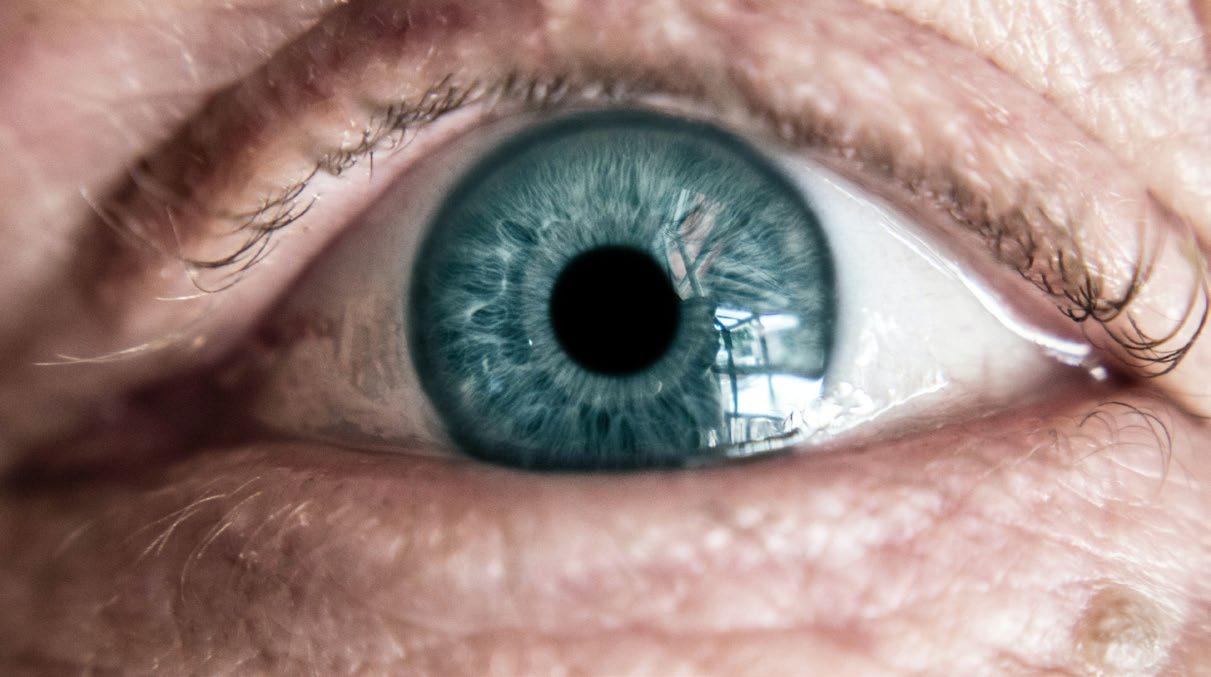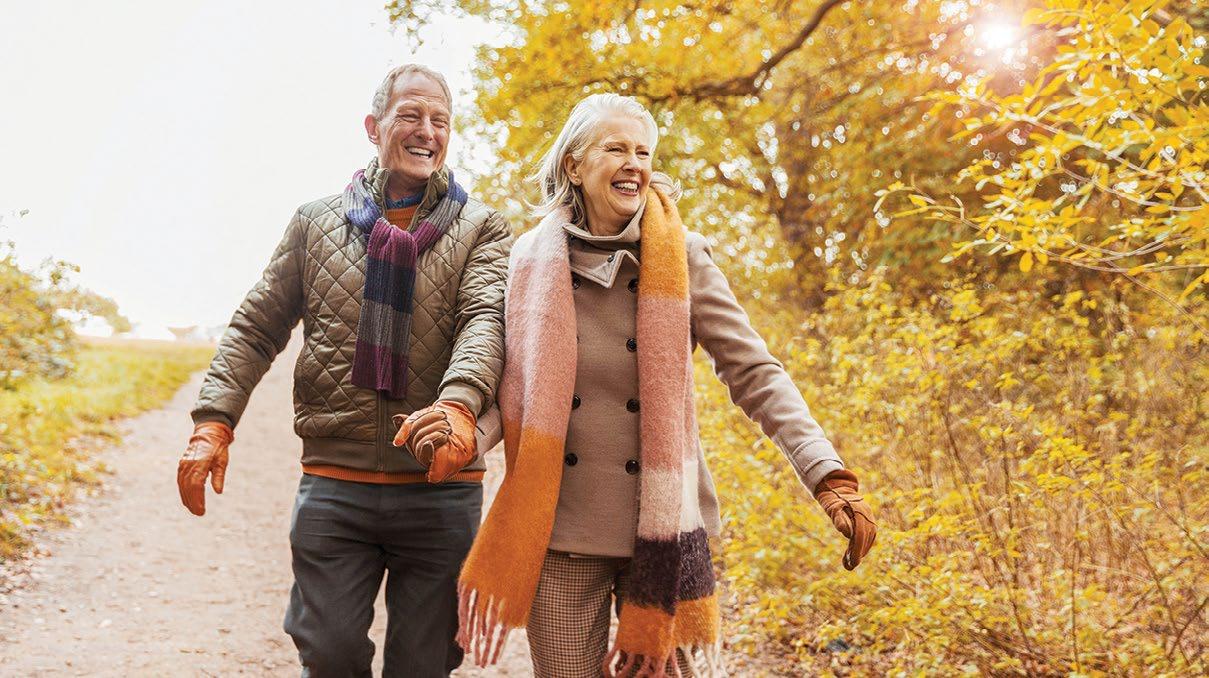
2 minute read
Vision health
Protect your

Advertisement
Story by Phoenix Content Services
Retirement may be seen as a time to slow down and enjoy some well-earned rest and relaxation, but today’s seniors clearly did not get the memo. Modern seniors look and act a lot different than traditional depictions of retirees.
The shift in attitudes regarding aging is noticeable in the growth of active retirement communities, which are designed for aging men and women who want to engage in activities where no chairs are required. Active seniors may not fit outdated stereotypes of cardigan-clad grandparents shuffling about dusty retirement homes, but even the most energetic retirees may still be vulnerable to age-related health complications. For example, the American Optometric Association notes that men and women over the age of 60 may be vulnerable to age-related vision problems. A certain degree of vision loss is natural as men and women age, but that doesn’t mean active seniors have to sit idly by. In fact, there are many ways for active seniors to protect their vision so they can continue to get up and go without having to worry about losing their eyesight.
Make your diet work for you
The AOA notes that a number of eye diseases

can develop after an individual turns 60, and some of these conditions can be minimized with wise lifestyle choices. For example, a healthy, nutrientrich diet can protect vision over the long haul. The National Council On Aging notes that studies have found that omega-3 fatty acids, which can be found in foods like spinach, kale and salmon, can reduce individuals’ risk for age-related eye diseases. Seniors can speak with their physicians about other ways to utilize diet to combat agerelated vision problems.
Protect your eyes and look cool at the same time
Active seniors spend lots of time outdoors, and that may have an adverse effect on their vision. The NCOA notes that lengthy exposure to the sun’s ultraviolet rays can cause both short- and longterm eye damage. Thankfully, such issues are easily avoided if seniors wear sunglasses with UV protection when going outside. Brimmed hats also can protect the eyes from harmful UV rays.
Be mindful of screen time
Much has been made of how much screen time is healthy for young people. But seniors also are not immune to the potentially harmful effects of spending too much time staring at their phones and other devices. The NCOA recommends seniors employ the 20-20-20 rule in regard to screen usage. Every 20 minutes, look about 20 feet away for 20 seconds. This quick exercise can reduce eye strain.





